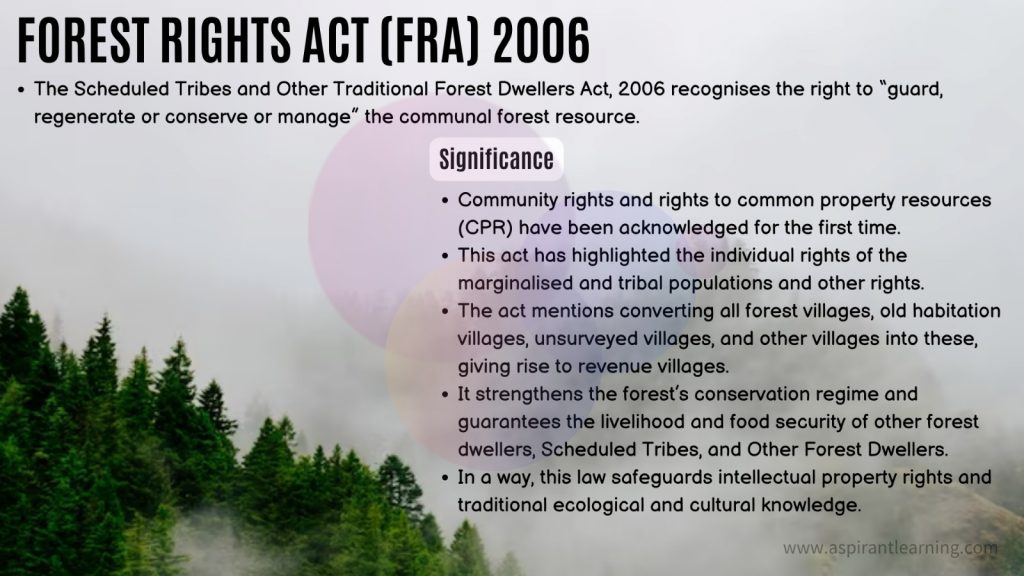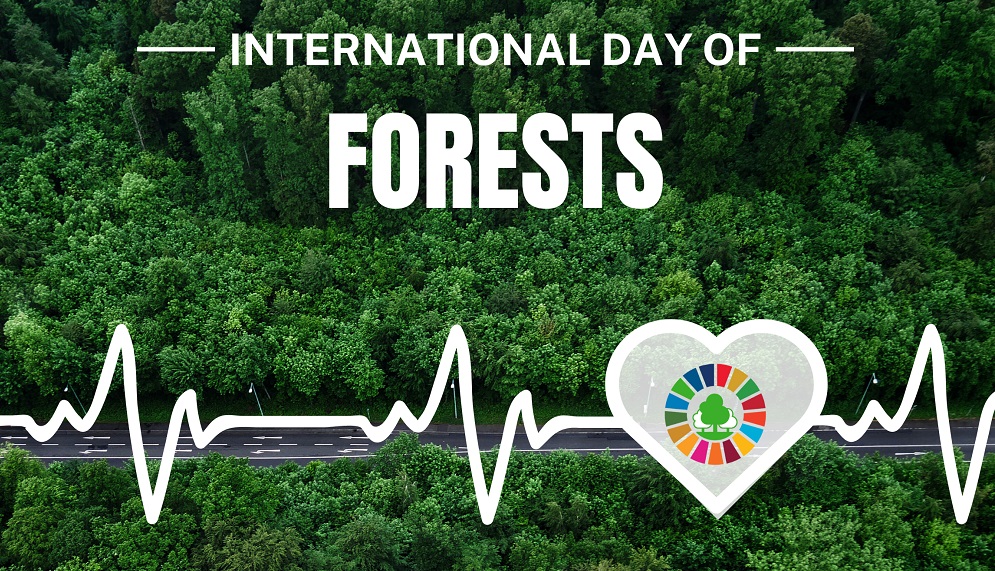News Highlight
March 21 is the International Day of Forests to raise awareness about the importance of forests and trees for biodiversity.
Key Takeaway
- The International Day of Forests, known as World Forests Day, is observed annually.
- Every year on March 21, it is commemorated to promote awareness about the value of humanity and the environment.
- Forests are critical to the ecosystem as well as our survival.
- It controls the climate, cleans the air and water, and supplies food, medicine, and other resources.
International Day of Forests 2023
- About
- The theme for 2023 is ‘Forests and Health.’
- The International Day of Forests has a long history, dating back to 1971 when the Food and Agriculture Organization (FAO) of the United Nations founded World Forestry Day.
- The day was established to create and raise awareness of the value of forests to people and the environment.
- The United Nations designated 2011 to 2020 as the International Decade of Forests in 2011.
- Its goal was to promote sustainable forest management, conservation, and development across all forest types.
- The International Day of Forests was created in 2012.
- Significance
- To promote awareness of the importance of forests.
- Stress the significance of environmental sustainability in forest management.
- Bring into focus the importance that forests have in our lives.
- Emphasise challenges and concerns about global forest management.
- Make people aware of good examples and best practices in forest management.
- Initiate discussions on factors that hurt forest health.
Status of Forests in India
- According to the India Status of Forest Report-2021, the country’s forest and tree cover has expanded by 2,261 square kilometres since the latest evaluation in 2019.
- India’s total forest and tree cover was 80.9 million hectares, accounting for 24.62% of the country’s geographical area.
- According to the survey, 17 states and union territories have more than 33% of their land covered by forest cover.
- The state with the most forest cover was Madhya Pradesh, followed by Arunachal Pradesh, Chhattisgarh, Odisha, and Maharashtra.
- In terms of forest cover as a percentage of total geographical area, the top five states were;
- Mizoram (84.53%)
- Arunachal Pradesh (79.33%)
- Meghalaya (76%)
- Manipur (74.34%)
- Nagaland (73.90%).
Challenges Associated with Forests in India
- Biodiversity Loss
- Deforestation and other forest-damaging activities also result in biodiversity loss, as plant and animal species cannot live in their native habitat.
- This can impact the entire ecosystem and the cultural practices of the communities that rely on these animals.
- Shrinking Forest Cover
- According to India’s National Forest Policy, the recommended percentage of the total area under forest should be at least 33% to preserve ecological stability.
- Nonetheless, it currently covers only 24.62% of the country’s land and is quickly disappearing.
- Climate Change
- Climate change-induced forest disturbances, such as;
- Insect outbreaks
- Invasive species due to climate-driven migration
- Wildfires and storms
- Diminish forest production
- Alter species distribution.
- Climate change and rising temperatures will affect 45-64% of India’s forests by 2030.
- Resource Access Conflict
- Local communities’ interests frequently clash with those of economic interests, such as pharmaceutical or forestry businesses.
- As different communities compete for access to and use of forest resources, which can lead to social tensions and bloodshed.

Way Forward
- Comprehensive Forest Management
- Forest conservation should cover all aspects of forest protection and management, such as;
- Forest fire control measures
- Timely surveys
- Tribal-specific regulations
- Reducing man-animal conflicts
- Long-term wildlife health initiatives.
- Forest conservation should cover all aspects of forest protection and management, such as;
- Dedicated Forest Corridor
- Forest corridors can be maintained for safe intrastate and interstate migration of wild animals.
- As well as to protect their environment from any external impact, sending a message of peaceful coexistence.
- Viewing Tribals as Forest Entrepreneurs
- Forest Development Companies (FDCS) must be revitalised to structure forest commercialisation.
- As well as engage tribal groups as “Forest Entrepreneurs” in exploring, extracting, and developing forest-based goods.
Pic Courtesy: The UN
Content Ssource: Times of India



